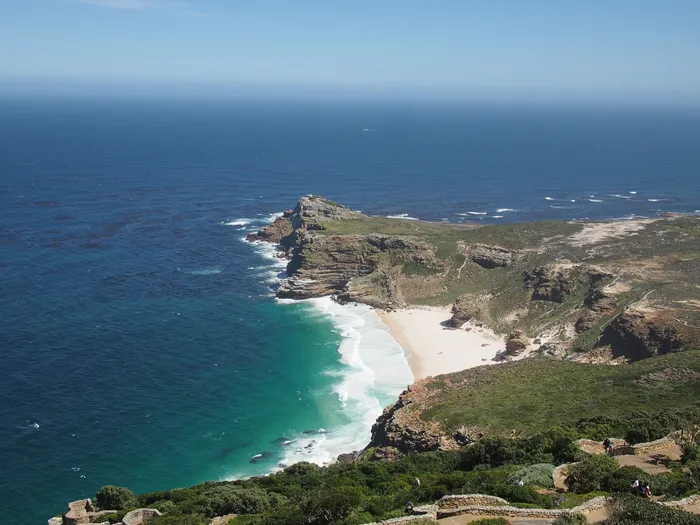National Marine Week: We should preserve our oceans for future generations to enjoy

South Africa’s two prevailing currents, the Benguela and Agulhas, meet at the Cape of Good Hope. Picture: Michael Bieri/Pixabay
South Africa will commemorate National Marine Week from October 7 to 11.
National Marine Week is celebrated every year during the second week of October. Its purpose is to create awareness of the marine and coastal environment, the promotion of sustainable use and conservation of these resources, for the benefit of all both present and future generations.
As custodian of the marine resources in South Africa, the Department of Environmental Affairs and Tourism is the lead driver for National Marine Week.
Read the latest Simply Green digital magazine below
Currently, South Africa has 42 Marine Protected Areas (MPA) covering around 5% of our coastal waters.
This may sound like an insignificant amount to some people but, considering that before 2016, only 0.43% of our waters were protected, 5% is a huge step in the right direction.
According to the Two Oceans Aquarium, “These 42 MPAs are scattered along the coast of South Africa, from the Orange Shelf Edge, a pristine, untrawled section of the continental shelf on our border with Namibia's territorial waters, to the massive iSimangaliso on the border with Mozambique which is a nursery to all sea turtles nesting in South Africa. In between, we have iconic sites - Langebaan Lagoon, Robben Island, Tsitsikamma, Pondoland and many others, and massive offshore MPAs, most notably South Africa's Prince Edward Islands.”
The Marion Island and Prince Edward Island MPA accounts for just over 30% of South Africa’s Southern Ocean territory and is our largest marine protected area yet. It is home to over 8 million seabirds, 3 species of seal, hundreds of whales and is stunning marine biodiversity.
South Africa boasts just over 2 800 km of coastline stretching from Mozambique to Namibia. The extensive biodiversity of our oceans is largely the result of a mixture of cold and warm currents.
According to Approach Guides, “South Africa’s two prevailing currents, the Benguela and Agulhas, which meet at the Cape of Good Hope, make it one of the most dynamic landscapes in the world. Nowhere else are two contrastingly different ecosystems found in such proximity.”
The World Wildlife Fund said in a report that “as a country with more ocean territory than land, our rich and productive coastal waters support thousands of jobs and contribute billions of rands to the national economy each year. In terms of fisheries alone, historically we have harvested around 600 000 tonnes of fish a year which provides livelihoods to over 127 000 people and food security to millions.”

Our oceans are immensely important to us from a biodiversity and food security perspective as well as being part of our cultural and natural heritage. We should preserve this for future generations to enjoy.
Take your family or friends out for a beach or river cleanup next weekend or just aim to read up a bit more on our beautiful coastline. It’s the only one we have.
Related Topics: